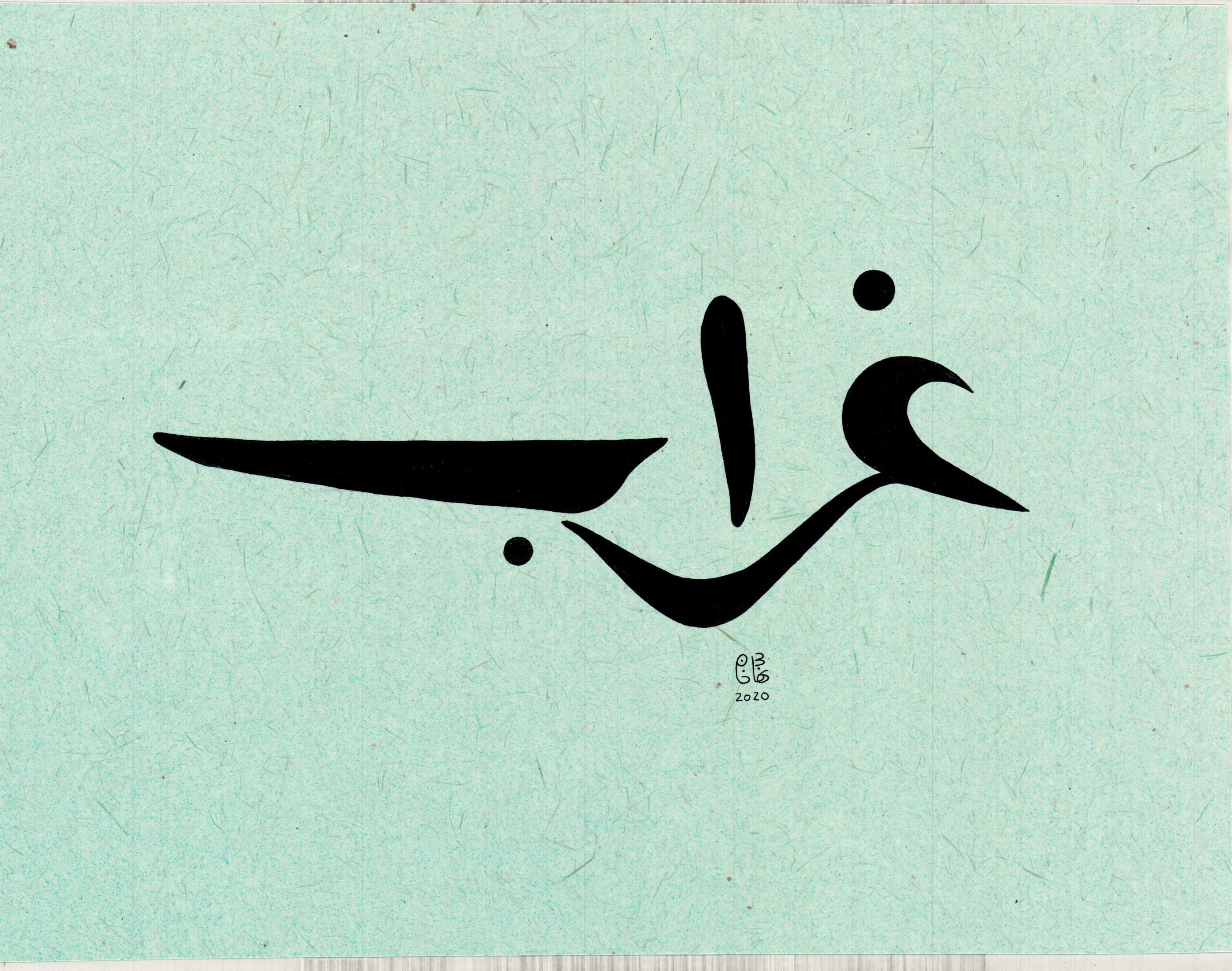
Modern Islamic Calligraphy: Where Tradition Meets Tomorrow
Islamic calligraphy, with its centuries-old legacy of spiritual beauty, has always been more than writing—it’s a bridge between devotion and artistry. Today, this timeless art form is undergoing an exhilarating transformation. Modern Islamic Calligraphy is emerging as a vibrant frontier where tradition merges with contemporary innovation, creating works that resonate deeply in both cultural and design conversations. In this blog, we’ll explore how calligraphy is evolving—embracing bold colors, digital tools, immersive applications, and sustainable aesthetics—while preserving its sacred soul. Welcome to a world where ancient strokes meet the future, courtesy of Nihad Dukhan.
1. The Pulse of Contemporary Trends
In today’s design landscape, the resurgence of bold, modern colors is one of the most striking trends in Islamic calligraphy. Artists are infusing traditional scripts with vibrant palettes that give the art new dimensions and resonance.
Another exciting evolution is combining calligraphy with functional decor—from lighting fixtures and textiles to furniture and 3D-printed installations. These pieces turn everyday spaces into immersive experiences of sacred artistry.
In luxury branding—especially in creative hubs like Dubai—there’s a lean toward hyper-minimalism with cultural depth. Think clean forms infused with Arabic calligraphy logos, soft hues of gold, sand, and pearl, and geometric patterns subtly hinting at Islamic heritage. Similarly, bold Arabic typography and Islamic geometric motifs are being reimagined across architecture, textiles, and branding, enhancing both identity and modern aesthetics.
These trends reflect a broader shift: calligraphy is no longer confined to mosques or manuscripts—it's becoming integral to art, lifestyle, and design.
2. Heritage Revived: From Hurufiyya to Moalla
Modern Islamic calligraphy thrives at the intersection of heritage and innovation. One notable movement is the Hurufiyya, a 20th-century artistic wave where artists fused traditional scripts with contemporary abstract art, establishing a fresh visual language deeply rooted in Islamic culture.
Artists like Madiha Umar, considered a pioneer, blended calligraphy with abstraction and helped set the stage for the Hurufiyya movement.
In a more recent twist, the Moalla script, invented in 1999, presents another modern innovation. Characterized by graceful, interwoven Persian letters and strong geometric structure, it’s particularly suited for architectural settings, tilework, and line compositions—offering elegance and spiritual depth.
These artistic evolutions honor the past while boldly carving out new chapters for Islamic calligraphy.
3. Technology Meets Tradition: Digital Calling
Digital tools are unlocking powerful creative avenues for calligraphers. Platforms like graphic design software, stylus tools, and digital brushes allow for fluid experimentation, enabling artists to scale, manipulate, and share their work globally with precision and beauty.
Technological advances such as 3D printing, laser cutting, and AI-driven design are redefining how calligraphy materializes in the modern world. Designers can craft intricate multi-dimensional works, from wall panels to bespoke furnishings, bridging artistry and functionality.
Moreover, AI is not just a tool for art generation—it’s part of a collaborative design process. For instance, integrating hand-drawn calligraphy through AI-enhanced platforms to create furniture designs reflects a new frontier in sustainable cultural design.
These developments reveal how calligraphy is adapting—not losing its soul, but expanding its reach.
4. Social Impact: Therapeutic and Inclusive
Islamic calligraphy is becoming more than an aesthetic practice—it’s a healing, expressive, and inclusive art form. Recent initiatives in creative communities show how calligraphy classes are serving as therapeutic spaces, especially for those who find solace, focus, and creative freedom through art.
This emotional and communal dimension connects contemporary audiences to centuries-old traditions while nurturing personal growth and cultural pride—showing that modern calligraphy resonates on a deeply human level.
5. How Nihad Dukhan Crafts the Future of Islamic Calligraphy
At Nihad Dukhan, modern Islamic calligraphy is not a trend—it’s a journey of reflections, transformations, and timeless elegance. Drawing from tradition, Nihad reinvents calligraphy with fresh color palettes, textures, and design-forward presentations, ensuring your space—and your spirit—feels both rooted and renewed.
Whether you seek a vibrant canvas that breathes contemporary energy, a sculptural piece that plays with shadow and light, or a serene script that whispers tranquility—every creation from Nihad Dukhan bridges heritage with today, forming a narrative that’s both personal and universal.
Explore this evolving art at ndukhan.com, and embark on a visual journey where every stroke speaks of sacred tradition and bold innovation.
Conclusion
Modern Islamic Calligraphy is a vivid dialogue—a dance between the sacred and the avant-garde. Bold colors, craftsmanship, social healing, and cultural innovation are shaping the next chapter of this art. With Nihad Dukhan, you're invited to experience that dialogue firsthand—creating beauty that transcends time.
